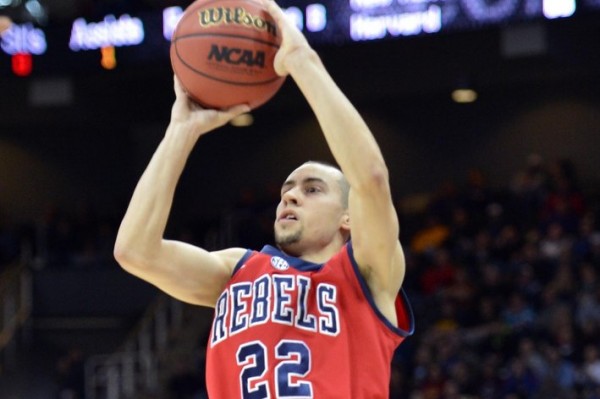SEC Advanced Metrics Superstars
Posted by Brian Joyce on October 30th, 2013The concept of advanced metrics certainly has its critics across the college basketball landscape. Basketball players, especially of the young and unpaid variety, are far from robots that perform exactly as their percentages suggest. We know this because Ohio State did not win the 2011 National Championship, Florida was not in the Final Four last year, and I am not filthy rich from winning gambling bets. It is clear that utilizing advanced statistics such as offensive ratings, offensive rebounding percentages and percentage of possessions must be balanced with what we see on the court, but advanced statistics can give us an in-depth look at a player’s potential.
To preview the SEC season ahead, we are going to look at players who excelled in advanced and tempo-free metrics last year in an attempt to predict who will be a standout this season. If we know a player scored 14 points per game, we need to know how many times he shot the ball to know how efficient he was. And just because we know a player scored only four points per game doesn’t mean that he was inefficient, but maybe he didn’t see many minutes or play a large role in the offense. Advanced metrics allow us to take our analysis one step further and hopefully serve to make more accurate predictions. Allow us to present our 2013-14 SEC advanced metrics superstar awards (refer to Ken Pomeroy’s explanations page for help with definitions).
SEC Breakout Players
We are looking for players who were largely role players last year but could become major contributors this season. We are specifically examining players with fewer than 60 percent of minutes played last season. And the nominees are…
- Michael Carrera, South Carolina – Carrera was just a freshman last season, but his advanced statistical profile was solid. He had a good offensive rating (102.8) despite being a high volume shooter (25.4% shots and 27.0% poss.). The really impressive part, though? He placed in the top 25 in the nation in both offensive (16.0%) and defensive (25.0%) rebounding percentages. At just 6’5”, Carrera finds a way to come up with the ball. Look for the Gamecock sophomore to become a centerpiece of Frank Martin’s second year in Columbia.
- Michael Frazier, Florida – A lot of points walked out the door in Gainesville, but Frazier remains. He saw limited action (43.7% minutes) and a limited role on offense (15.8% shots), but he had an offensive rating of 121.2 with incredible three point shooting (46.8%). Can he remain this efficient with an expanded role? His 63.3 percent effective field goal percentage gives us hope that he can.
- Jabari Brown, Missouri – Brown had a 113.4 offensive rating, a 51.6% effective field goal rate, and was part of a very crowded backcourt last season with the Tigers. The crowd has thinned quite a bit, so look for Brown to take a big step forward this year.
SEC Outstanding Rebounders











































